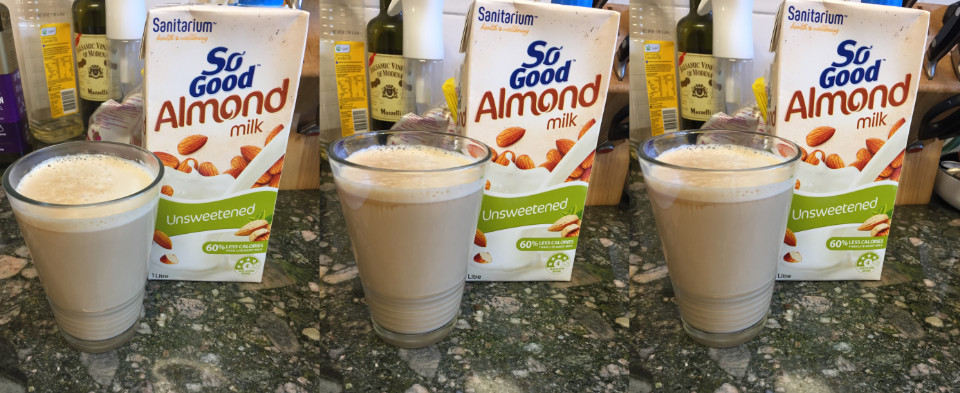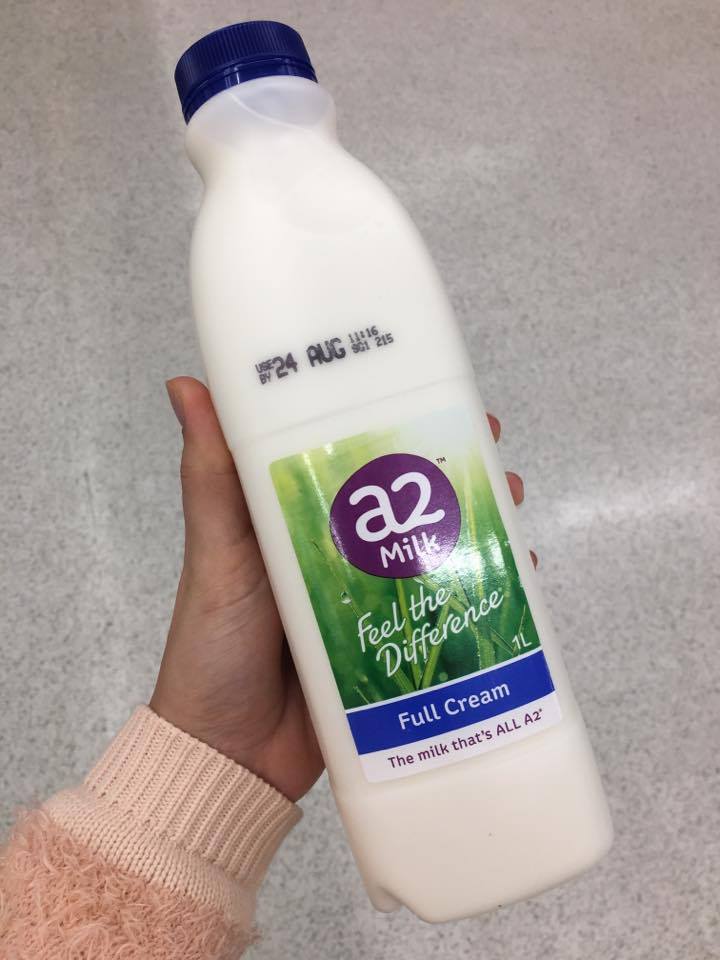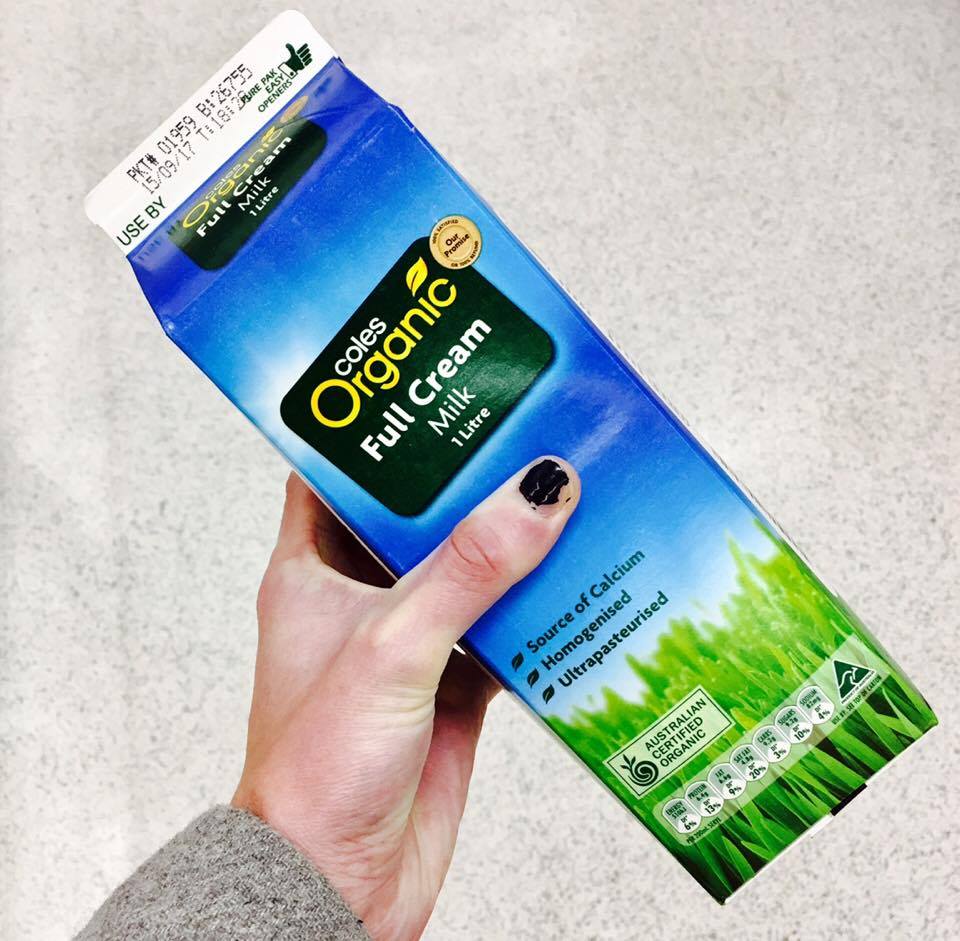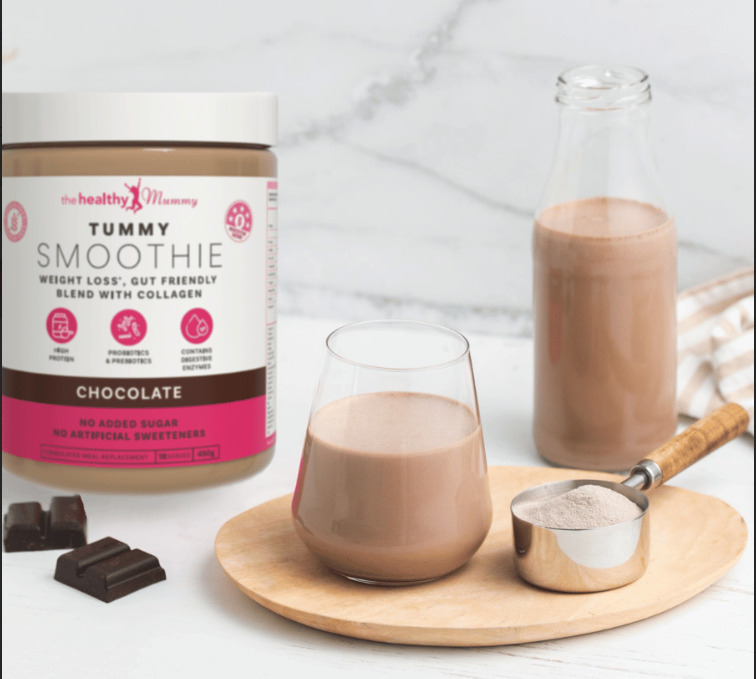If you’re following the 28 Day Weight Loss Challenge, it’s good to have an idea about how different types of ingredients can affect your diet both nutritionally and for weight loss.
Here is some information about various types of milk:

In Australia (per capita), consumption of drinking cow’s milk is currently estimated at around 107 litres, growing strongly over the last two years, and at very high levels compared to many countries—thanks in no small part to the expansion of the ‘coffee culture’ in Australia during the last decade.
Nutritionists do say that dairy milk is the best option, provided you can tolerate it. If you can’t, and if protein is important to you, then they recommend soy milk. (Of course, there are people who are allergic to soy as well.) “It is the closest we can get to the nutrients in milk in a non-dairy option.”
Generally only when it comes to suffering an intolerance to milk, do we look for alternatives to fulfil the sensation milk provides. But not all milk ‘alternatives’ are created equal, here’s the lowdown on the nutritional benefits of milk substitutes.
Soy milk (GMO-free)
Gluten, lactose and cholesterol free. The light variety provides less than half the calories of the full strength variety. Soy milk is not naturally high in calcium but there are many brands that do fortify their milks with calcium. If you drink soy milk, it is advisable to choose a calcium-fortified brand to ensure your daily calcium intake is adequate.
Almond milk

If you’re counting calories, almond milk tends to be quite a bit lower in calories and sugar than most of the other non-dairy milks. It also contains monounsaturated fats, which are the same heart-healthy fats found in olive oil. Almond milk is fairly low in protein compared with cow’s milk though, so it won’t keep you as satisfied for long periods of time – unless you can buy a protein enriched one.
Nutrition-wise, the benefits of almond milk include the fact that it is free of saturated fat and typically fortified with beneficial nutrients, like calcium and vitamin D.
Coconut milk

Gluten and lactose free, low in carbs at only 3.7g per 100ml, but very high in calories as the fat content is quite high at around 467 calories per cup – aim for low fat coconut milk or mix the full strength variety with water for a calorie controlled beverage.
Coco Quench (Pure Harvest)
Coco Quench is a finely balanced drink with a full bodied taste. The fats from the coconut complement the sweetness and sugars found in rice milk, while the complex carbohydrates in brown rice reduce the richness and high fat profile that is typical of coconut milk. Coco Quench is an excellent drink for young children and is also a great healthy option for people looking to reduce their saturated fat intake.
Rice milk

Low in saturated fat and cholesterol free. It is also one of the lowest allergenic foods available, being lactose, gluten and dairy free. On the negative it is naturally lower in protein and calcium in comparison to regular milk. If you are choosing rice milk, choose a variety that has been fortified with calcium and protein. Rice milk is not recommended for children due to its low protein and calcium content. Overall rice milk is higher in sugar than most other milk replacements.
Oat milk
Oat milk is a source of soluble fibre at around 4g per serving. It has no added cane sugar and it is cholesterol free. A great milk alternative if you have poor digestion or suffer from bloating and constipation.
“Oat milk is all around pretty close to dairy milk in terms of texture and creaminess, but it is definitely sweeter,” says nutritionist Emily Peck. “Oat milk is higher in calories and carbohydrates, but it in turn has more fibre and protein than almond milk.”
A2 milk

Milk labelled as ‘A2 milk’ contains mainly the A2 type of beta-casein. The milk we currently buy in supermarkets and known as ‘regular milk’ contains a mixture of A2 and A1 beta casein (about 60% A2 and 40% A1). To date, there is no solid scientific evidence demonstrating that A2 milk is better for you than regular milk. Most people do notice the ‘difference’ when switching to A2 milk as it seems to be easier to digest causing less bloating than regular cow’s milk.
Lactose-free milk
Lactose-free milk is designed for people with lactose intolerance. Lactose is a naturally occurring sugar found in dairy foods. It is normally broken down or digested by the body using an enzyme called lactase. However, people with lactose intolerance don’t have enough of this enzyme to properly digest lactose, resulting in lactose intolerance. Lactose-free milk has been processed to break down the lactose before packaging, making it a suitable type of milk to drink by people who are lactose intolerant.
Goat’s milk
Easier to digest than cow’s milk due to the smaller protein and fat molecules, its low carb at 3.8g per 100ml, but it does have an acquired taste. Goat’s milk is a good source of protein, contains less sugar (lactose), 13% more calcium, 25% more vitamin B6, 47% more vitamin A, and 134% more potassium than regular cow’s milk.
Organic milk

With so many synthetic food additives, antibiotics, pesticides and hormones added to our food these days, a lot of people prefer to buy organic milk to help live a more pure life. The down side is that the nutritional content is not proven to be any different, and it does cost around double that of regular milk. On the up side, it’s guaranteed to be clear of hormones and that could definitely make a difference to your waistline.
How milks rank in calories per serve:
- Soy: 132
- Almond: 60
- Coconut: 467
- Oat: 150
- Rice: 120
- Goat: 169
- A2 Milk: 147
- Skim Milk: 86
If you can’t tolerate dairy, Almond milk seems to be the winner in terms of lowest calories, it’s quite low in sugar as well. Oat milk is higher in sugar and calories but does offer moderate amount of protein and fibre. Rice milk, in my analysis, is probably one of the worst for weight loss as it doesn’t offer much in terms of protein or fibre and is among the highest in terms of sugar and calories.
Cow’s milk is a major source of calcium and vitamin D and non-dairy milks are not naturally high in these nutrients. Some brands are fortified to make them comparable to cow’s milk as a source of calcium and vitamin D, but not all are. Check the label to see exactly what you’re getting, especially if you’re counting on these foods to help you meet your requirements.
Have you tried our Healthy Mummy Smoothies?

The Healthy Mummy smoothie range has been created to support mums in their health and weight loss journey. Our smoothies have been developed to give you the nutrients you need in conjuction with your a healthy diet and exercise program. And they’re delicious with milk!
The smoothie range has been formulated by leading nutritionists, dieticians and with input from Monash University.
It offers an excellent source of essential vitamins, minerals, nutrients and important antioxidants.
It’s also free from any weight loss accelerants, caffeine, fructose, is 96 per cent sugar free and is dairy free.
Check out the Smoothie information here – all the ingredients, nutritional info and flavours.


